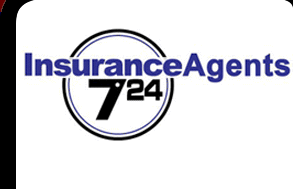 |
|
 |
 |
|||||||
 |
 |
|||||||||
![]()
A mid-sized insurance company in Pennsylvania with over $30 million in annual premiums was eager to complete the implementation of Allenbrook’s Phoenix product. The organization lacked focus and project management guidelines - roles and responsibilities of resources were not defined, ownership of tasks were not outlined and development efforts were being sacrificed to meet underwriting goals – resulting in escalating costs and slippage of live date. The management hired us to prioritize its goals and meet the deadline for live implementation without having to sacrifice new business production.
Solution
We took stock of the situation by conducting extensive interviews with the management and its key employees. We then outlined a detailed project plan that leveraged existing Best Practices which were specified by Allenbrook and those that were accepted by client and then coalesced and refined them to fit the new objectives of the client.
Version control for documents was introduced to facilitate better knowledge management. Our consultants drew detailed specifications for content requirements from underwriters and formed a committee to review critical implementation decisions from a management perspective. To ensure a maximum turn-around time of one week, a voting format was introduced at times of disagreement so that open issues were quickly resolved and closed.
We successfully implemented the Commercial Auto line within the framework of the Phoenix product. The original requirements were simply a replication of IDP. Our consultants provided value-add to the client by exposing them to new approaches - integration of MVR and POLK data, copying coverages in a fleet, use of summary screens - which led to extended functionality and a much broader solution.
Results
The carrier experienced a significant reduction in cycle time between design and production. In the past, it would often take them as many as 7-10 iterations before production. However with the clear prioritization of goals, detailed content specifications and resource reshuffling, the lead time to production was reduced to 2 iterations resulting in over 75% improvement in process efficiency.
The rating and issuance process has become more streamlined and the time taken to generate new business has declined sharply. Product definition has been enhanced leading to more function points enabling better customer service and customer retention.
The implementation is back on schedule and the management is confident that with the continued support and guidance of us, its impact on the underwriting and production team will continue to decline thus positioning them for continued growth. It is also estimated that the client will eliminate in excess of $75,000 of licensing fees per month at the end of the implementation of the product.
| client successes | offerings | about us | contact us | home | ||||
| Site designed and developed
by Info724 Ltd. © 2007. All rights reserved. |
||||



